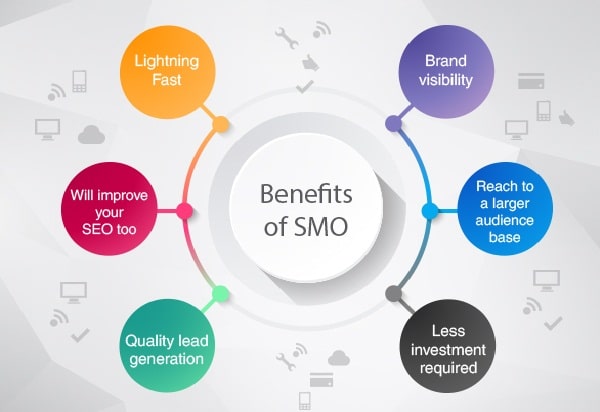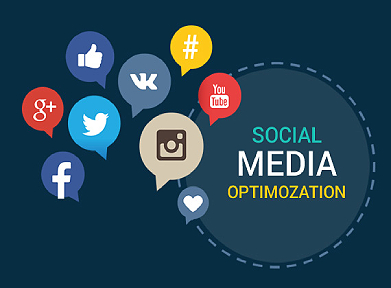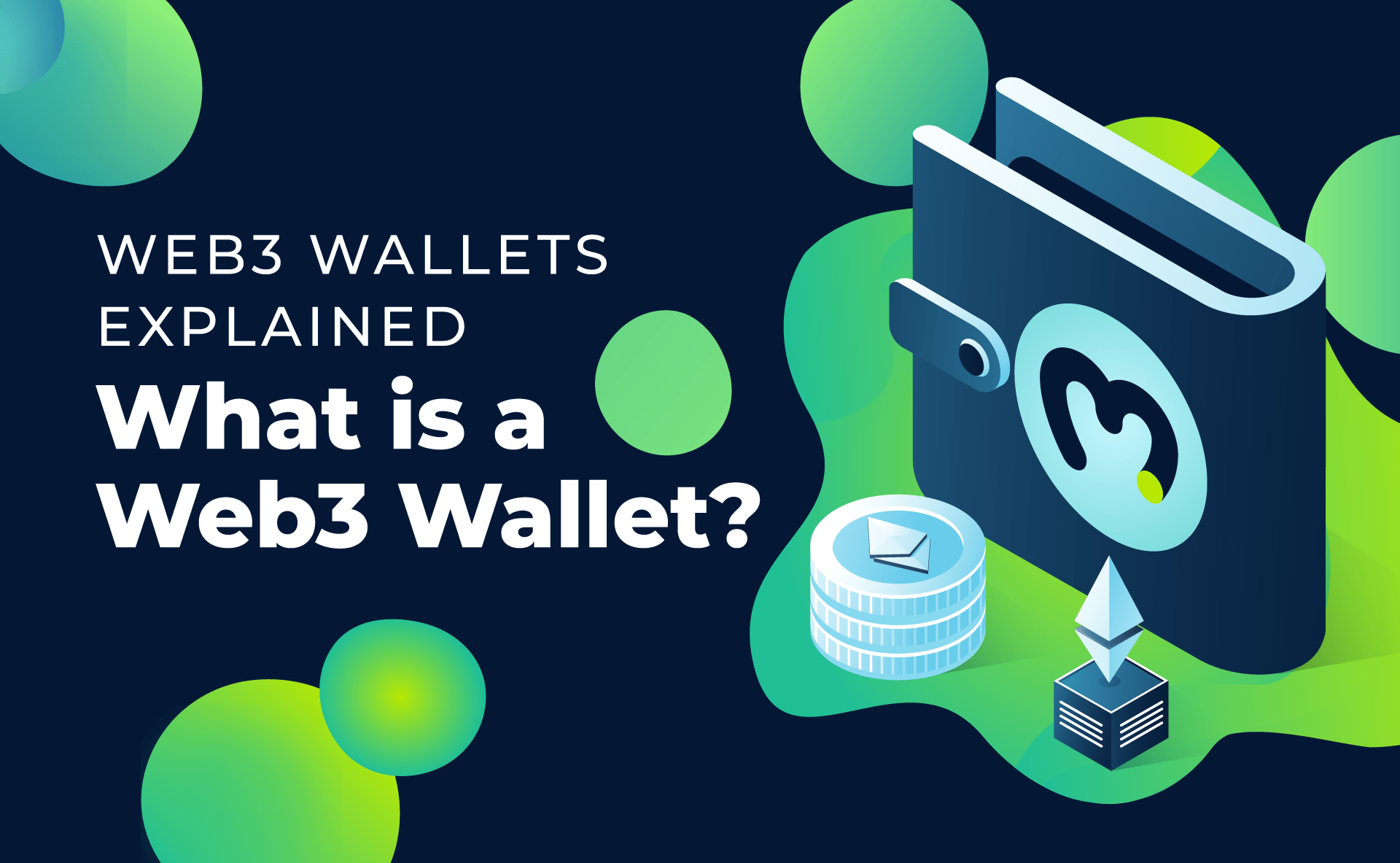Social Media Optimization
Social Media Optimization (SMO) is the process of optimizing a website or online content to encourage more people to share it through social media networks. The goal of SMO is to increase the visibility and reach of online content, increase website traffic, and improve search engine rankings.
SMO involves various techniques, including creating compelling and shareable content, adding social media share buttons to a website, engaging with followers on social media networks, and promoting content through advertising and influencer outreach.
In order to be effective, SMO should be integrated with a wider digital marketing strategy, as it is just one aspect of improving online visibility and reach. Other digital marketing channels, such as search engine optimization (SEO), email marketing, and pay-per-click advertising, can also be used to complement and reinforce the impact of SMO.
Understanding Social Media Optimization (SMO)

Overall, SMO is a cost-effective way to build brand awareness, drive traffic to a website, and engage with a target audience on social media.
Social Media Optimization (SMO) is a digital marketing technique that focuses on maximizing the visibility and reach of online content through social media channels. The goal of SMO is to promote brand awareness, drive traffic to a website, and engage with a target audience on social media.
SMO involves various tactics, such as:
- Creating shareable and engaging content – This includes developing blog posts, videos, images, and other forms of content that people will want to share on social media.
- Adding social media share buttons – This makes it easy for users to share content on their social media networks.
- Engaging with followers on social media – This includes responding to comments, answering questions, and sharing relevant content to build relationships with followers.
- Promoting content through advertising and influencer outreach – This involves reaching out to influencers and paying for social media advertising to increase the visibility of content.
SMO should be integrated with a wider digital marketing strategy as part of an overall effort to improve online visibility and reach. By combining SMO with other tactics, such as search engine optimization (SEO) and email marketing, organizations can reach a wider audience and achieve better results.
In conclusion, SMO is an effective way to build brand awareness, drive traffic to a website, and engage with a target audience on social media.
Strategies for Social Media Optimization

Here are some strategies for social media optimization (SMO):
- Create compelling and shareable content – Develop content that is interesting, informative, and relevant to your target audience. This can include blog posts, infographics, videos, and other types of content that people will want to share on social media.
- Add social media share buttons – Make it easy for users to share your content on their social media networks by adding share buttons to your website or blog.
- Engage with your followers – Respond to comments, answer questions, and share relevant content to build relationships with your followers.
- Utilize keywords – Use keywords in your content and social media posts to improve your search engine visibility and make it easier for people to find your content.
- Collaborate with influencers – Reach out to influencers in your industry and collaborate with them to promote your content.
- Use social media advertising – Paid social media advertising can help you reach a wider audience and increase the visibility of your content.
- Monitor and track results – Use tools such as Google Analytics to monitor the results of your SMO efforts and track the success of your campaigns.
- Be consistent – Consistently produce high-quality content and engage with your followers to build a strong presence on social media.
By following these strategies, you can improve the visibility and reach of your online content and engage with your target audience on social media
Example of Social Media Optimization

An example of social media optimization (SMO) would be a company creating a blog post about a new product they have launched. They optimize the post for social media by including eye-catching images, a compelling headline, and engaging descriptions. They also add social media share buttons to the blog post, making it easy for users to share the content on their social media networks.
The company also promotes the blog post on their social media channels, using keywords and hashtags to increase its visibility. They engage with their followers by responding to comments and answering questions, and they collaborate with influencers in their industry to reach a wider audience.
Finally, the company uses social media advertising to promote the blog post, targeting their ads to users who are interested in their products. They monitor the results of their SMO efforts using tools such as Google Analytics, and they continue to produce high-quality content and engage with their followers to build a strong presence on social media.
By following this SMO strategy, the company is able to increase the visibility and reach of their blog post, drive traffic to their website, and engage with their target audience on social media.
A Digital Wallet for All Your Web3 Needs

A digital wallet for all your Web3 needs is a type of software application or service that allows users to securely store and manage their digital assets, such as cryptocurrency, digital collectibles, and other digital assets, on a decentralized platform. The digital wallet integrates with decentralized applications (dApps) and protocols to provide users with a seamless and secure experience for managing their Web3 assets.
Features of a digital wallet for all your Web3 needs typically include:
- Secure storage – The wallet uses advanced encryption and security measures to protect users’ digital assets.
- Decentralized access – The wallet provides users with direct access to their digital assets, without the need for intermediaries.
- Integration with dApps – The wallet integrates with various decentralized applications and protocols to provide users with a seamless and secure experience for managing their digital assets.
- Support for multiple cryptocurrencies – The wallet supports multiple cryptocurrencies, allowing users to store and manage a variety of digital assets.
- Easy-to-use interface – The wallet is designed with a user-friendly interface, making it easy for users to manage their digital assets.
By using a digital wallet for all their Web3 needs, users can have greater control over their digital assets and be better equipped to participate in the growing decentralized economy.

